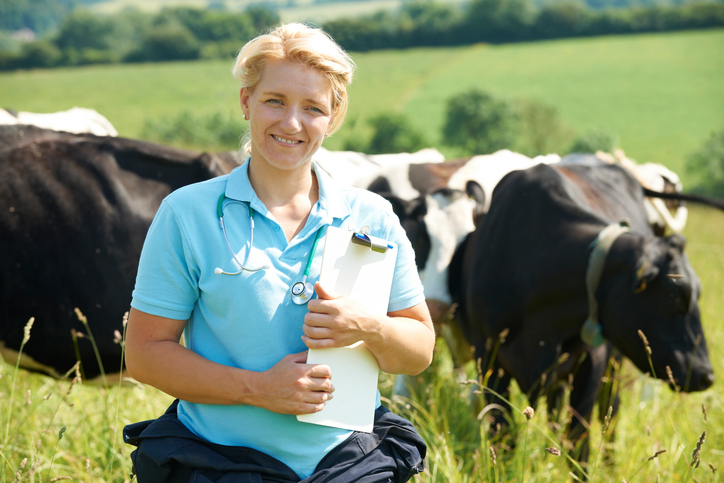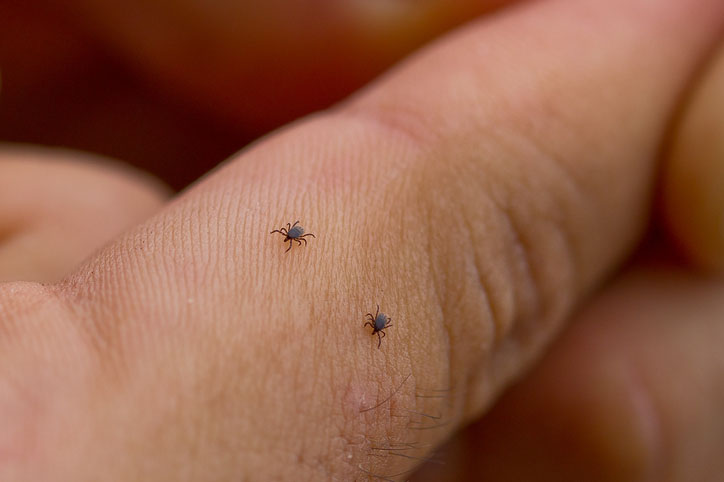Coccidiosis of Goats
- Coccidiosis
- Overview of Coccidiosis
- Coccidiosis of Cattle
- Coccidiosis of Sheep
- Coccidiosis of Goats
- Coccidiosis of Pigs
- Coccidiosis of Cats and Dogs
Numerous species of Eimeria are found in goats in North America and elsewhere. The Eimeria spp are host specific and are not transmitted from sheep to goats.
E arloingi, E christenseni, and E ovinoidalis are highly pathogenic in kids. Clinical signs include diarrhea with or without mucus or blood, dehydration, emaciation, weakness, anorexia, and death. Some goats are actually constipated and die acutely without diarrhea. Usually, stages and lesions are confined to the small intestine, which may appear congested, hemorrhagic, or ulcerated, and have scattered pale, yellow to white macroscopic plaques in the mucosa. Histologically, villous epithelium is sloughed, and inflammatory cells are seen in the lamina propria and submucosa. In addition, there have been several reports of hepatobiliary coccidiosis with liver failure in dairy goats. Diagnosis of intestinal coccidiosis is based on finding oocysts of the pathogenic species in diarrheal feces, usually at tens of thousands to millions per gram of feces. It is not unusual to find oocyst counts as high as 70,000/g of feces in kids without overt disease, but weight gain may be affected.
Angora and dairy goats, raised under different management practices, may have similar patterns of exposure of kids. Just after parturition, nursery pens and surrounding areas may be heavily contaminated with oocysts from does. Resistance to infection is decreased just after shipping, changing rations, introducing new animals, or mixing young with older animals. Coccidiostats can be administered to a herd immediately after diagnosis or as a preventive in predictable situations such as those mentioned above.
Diagnosis and treatment are similar to those for cattle and sheep. Sulfadimidine at 55 g/tonne is also effective for control of coccidiosis in goats. In nonlactating goats, adding monensin to the feed at 18 g/tonne is preventive.
- Coccidiosis
- Overview of Coccidiosis
- Coccidiosis of Cattle
- Coccidiosis of Sheep
- Coccidiosis of Goats
- Coccidiosis of Pigs
- Coccidiosis of Cats and Dogs





